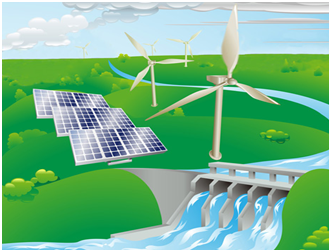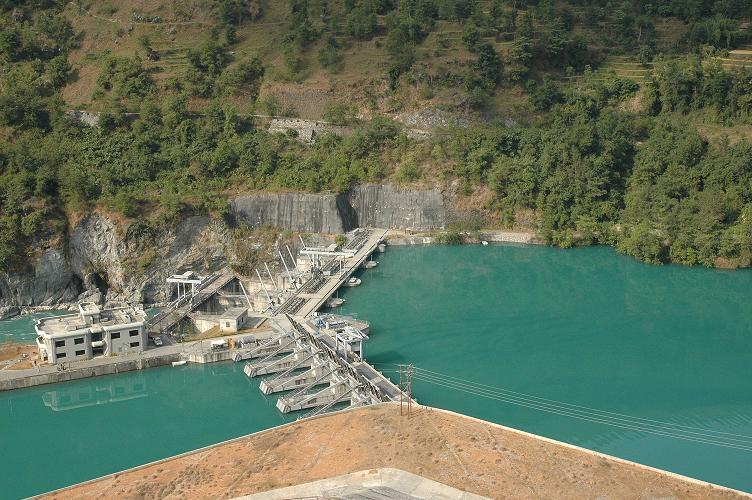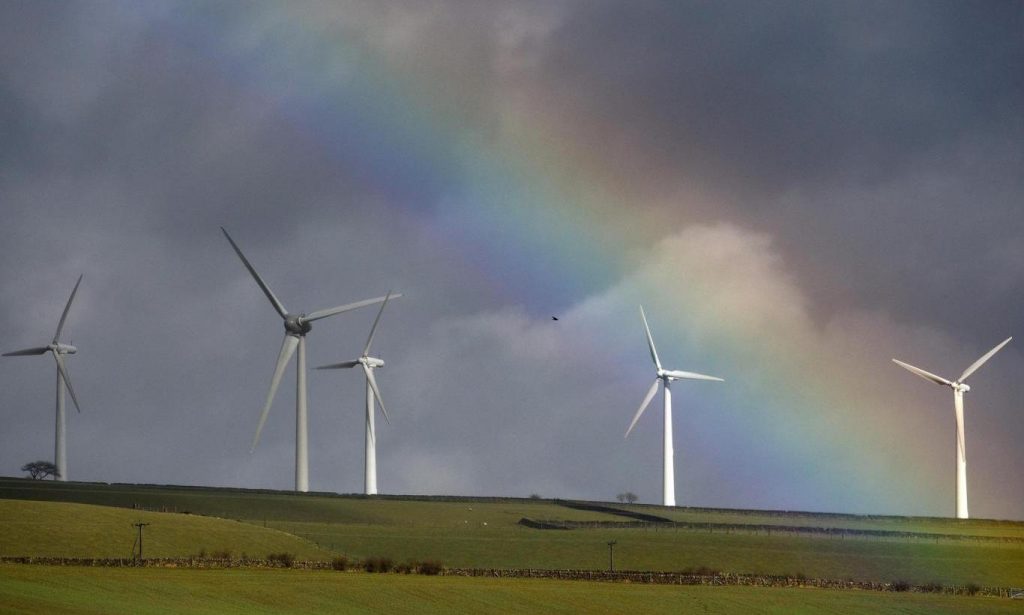The Energy Disillusion

 In 2015, countries all around the world came to Paris and signed up Paris agreement with a common goal to curb down the rate of climate change and its negative impacts. Most of the countries promised to follow clean developmental pathways through their respective Nationally Determined Contributions (NDC), shifting towards clean energy were the common approach of many. The tale of energy development/advancement has been so complex and its rate differs from country to country. Nepal also submitted its NDC, whereby it set huge targets in the energy sector.
In 2015, countries all around the world came to Paris and signed up Paris agreement with a common goal to curb down the rate of climate change and its negative impacts. Most of the countries promised to follow clean developmental pathways through their respective Nationally Determined Contributions (NDC), shifting towards clean energy were the common approach of many. The tale of energy development/advancement has been so complex and its rate differs from country to country. Nepal also submitted its NDC, whereby it set huge targets in the energy sector.
Nepal lies in the central Himalaya region and is very reach in water resources, home to around 6,000 rivers, rivulets, and tributaries. It is considered to have a potential to generate over 40 GW of electricity via hydropower. I repeat, “have potential”.Yeah, the only potential, all those facts are only limited to papers, but the reality is different.We are producing somewhere around only 1000MW via hydroelectricity which is mere2.5% of its potential which is leading load shedding (power cut) up to 18 hours a day during dry seasons. Recently the government has been successful to control the power cut by importing more than 250 MW energy from our neighboring country India. Though this has lightened up our rooms but it has dirtified our environment too. Most of the energy coming from India is coal powered, which is not good. I mean, the approach to end up the energy crisis is not good. If we are signing many treaties and dreaming to move towards sustainability, power extraction/import from coal powered energy is not a smart move whatsoever. It’s called dirty energy and it will only add up to dirtify the environment.
However, Nepal recently did a good job in the energy sector by allocating around 20% (NRs. 62.47 billion) of our annual budget in energy spending plan. This amount is about 25% more than that of last years. So, if the proper investment is made, then within few years, we might be able to solve the problem of importing dirty energy by generating energy on our own. Though the government has allocated ample budget for the energy sector, still there are some loopholes in government’s planning and priority.
The entire focus of the government seems to be on hydroelectricity generation. But for the country which is considered to have good potential for not only hydropower but also for other alternative sources, the energy sources like solar, wind, bio energy should be given equal priority. And these are backed up by the facts; the country with 300 sunshine days in average and with the price of solar is decreasing at a rapid pace should start investing more in solar. Micro-hydro has been the best means for energy for the people residing in the rural area of Nepal, thus Micro-hydro cannot be overlooked. Moreover, the country whos about 80% of energy consumption is via traditional sources (dung, fuelwood, agricultural residue), the energy extraction bio fuels cannot be missed. Similarly, winds energy is considered to have good potential in Nepal as well.
When we beyond Nepal and talk about energy development trend on another part of the Asia, it seems to be very complex. Some countries are doing very good to be as environmentally sustainable as possible while some countries are still focused on the dirty coal power plants and fossil fuels to meet their energy demand.
China and India have been doing very good recently. These Asian giants have started to invest high for a clean energy revolution, with solar and wind energy reaching new heights. Coal energy doesn’t seem to be on high priority of these countries then the long run as they are slowly phasing out many of their coal power plants.
They are taking a leading role in renewable energy (RE), and RE finally being able to compete with other energy sources in this part of the world. These two countries can set an example to the rest of the developing world. Analyst Tim Buckley also said that the shift away from the dirtiest fossil fuel and towards solar in a country like India would have “profound” implications on global energy markets.
Even if many countries in Asia are trying to shift away from the dirty fuel amid an intensifying pollution crisis, still the focus of the few countries still seems to invest on dirty coal power plants and fossils fuels. Let’s take an example of our another neighboring country, Bangladesh.It doesn’t seem to be part of this emerging trend.It has planned several new coal-fired power plants and thus actively contributing to its own demise by intensifying the source of natural heritage destruction, sea-level rise, and human displacement.
Whereas, SE Asia in particular, is still largely relying on fossil fuels for its energy production, wherebyalleviating the rate of climate change.The reason behind it is money and rightly so. At present, the economic cost of energy production from dirty fuels is cheaper than the renewable energy, so, unless technologies are transferred easily and price fall down then this scenario will continue. Adding to this, a huge sum of subsidies on fossil fuel is luring the countries to move towards it. This is threatening the environment, thus should be stopped!
As a whole, right now, it is too hard to understand the energy pathways, the shifting has been different from country to country. However, the shutdown of dirty power plants shows that many countries in Asia are following/planning to follow the sustainable energy pathways in long run.Unfortunately, at present, the rate at which it is should have been being very slow but future seems to be environmentally sound if we make smarter moves. Every country should try to be as carbon neutral as possible.Every single country has a role to play to role achieve low carbon development pathways but the larger/bigger/richer/stronger the nation the bigger will be the role.Moreover, the country like Japan, China, India along with other Asian giants should provide easy access to technology to achieve clean development pathways effectively. Whereas, for the country like Nepal, shouldn’t focus on only one source (hydropower) and start investing on other as well.
(Sapkota is a student of Environmental Science in Central Department of Environmental Science, Tribhuvan University, Kirtipur. Writer is working at Greenwood Nepal.)

 Regan Sapkota
Regan Sapkota




Feedback